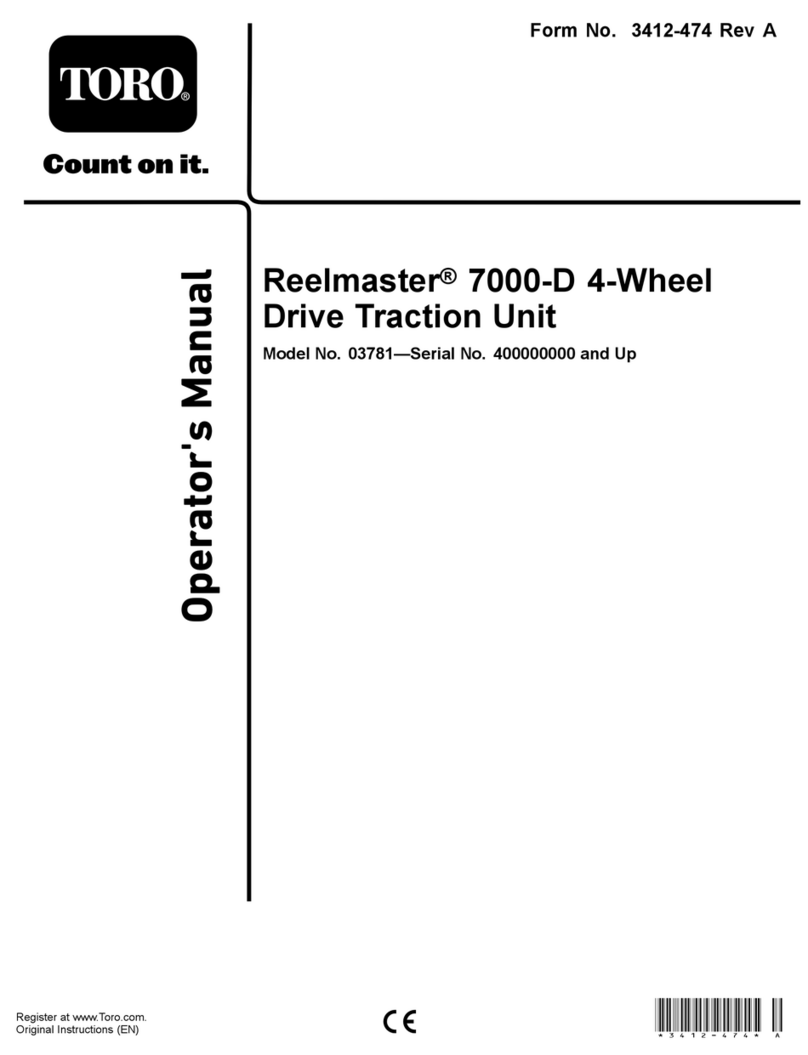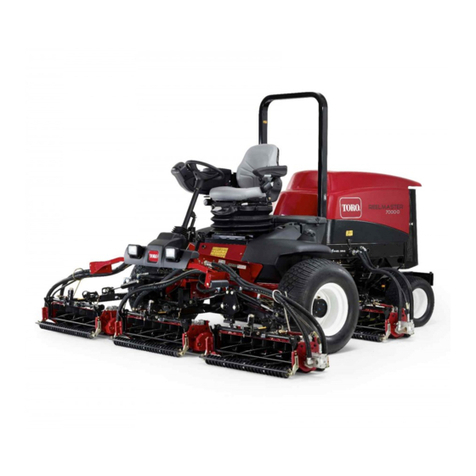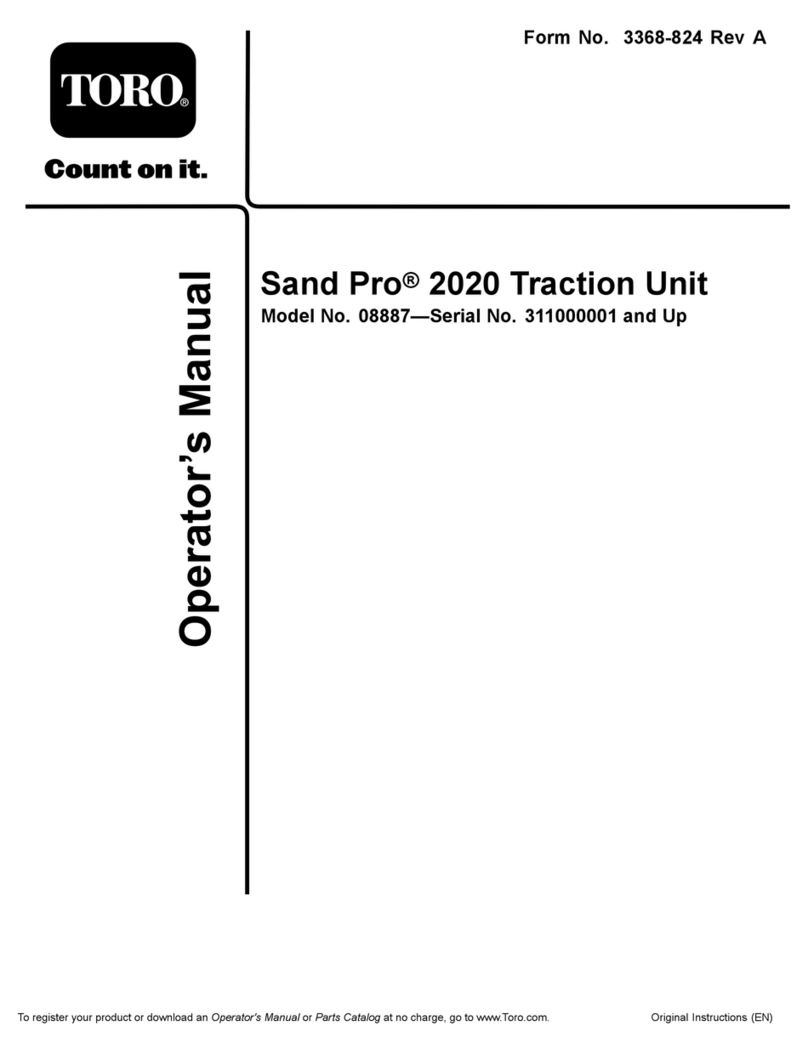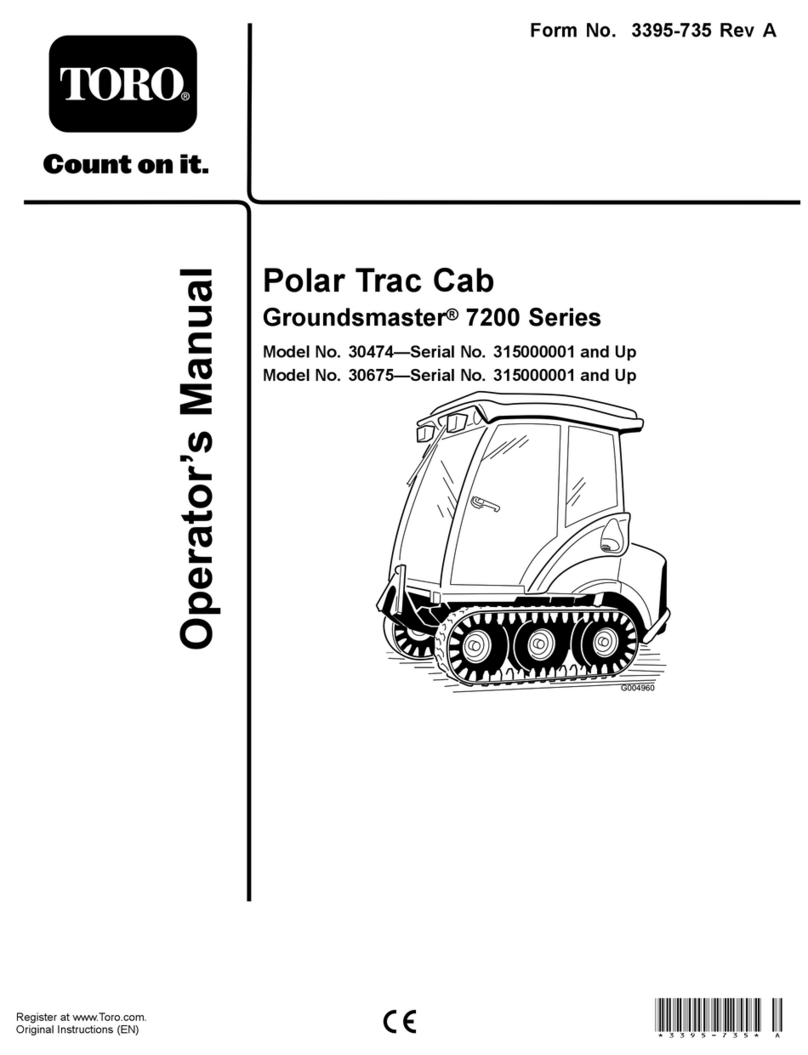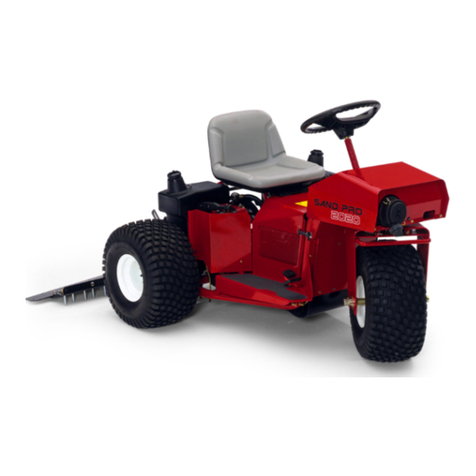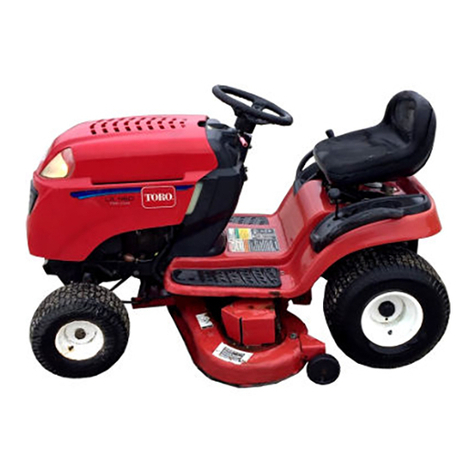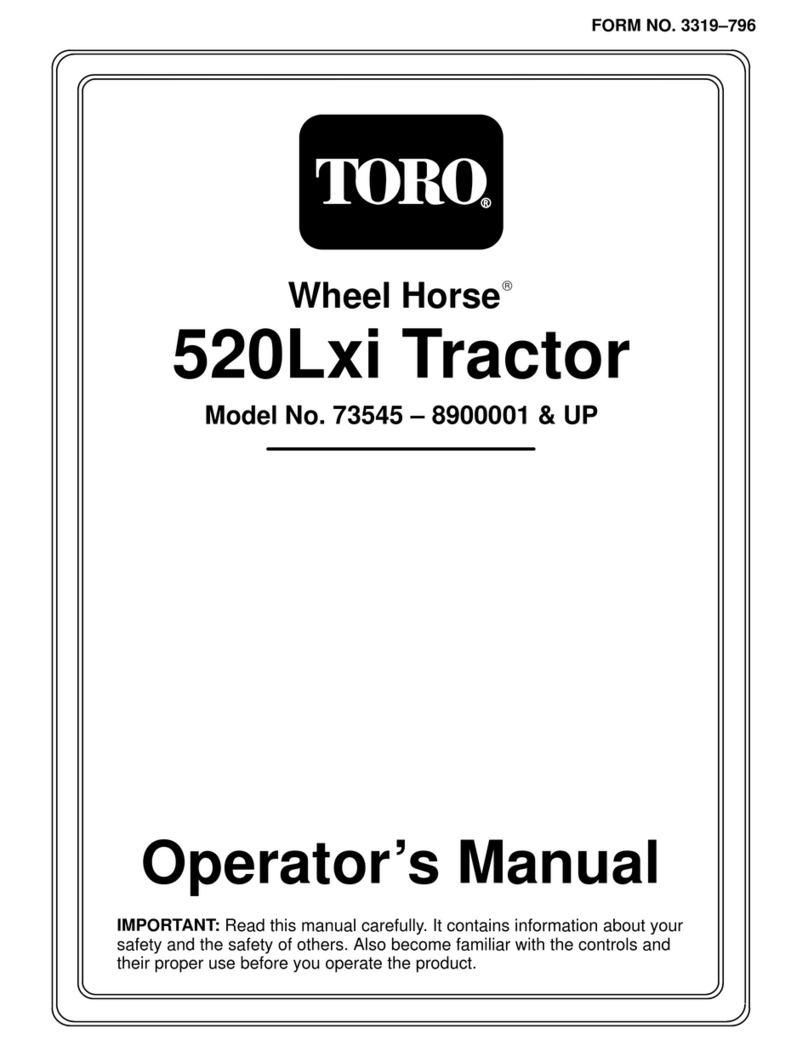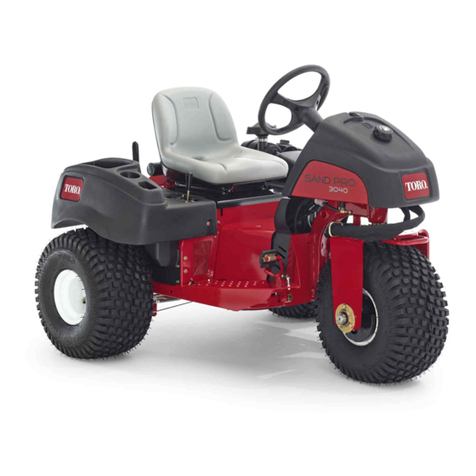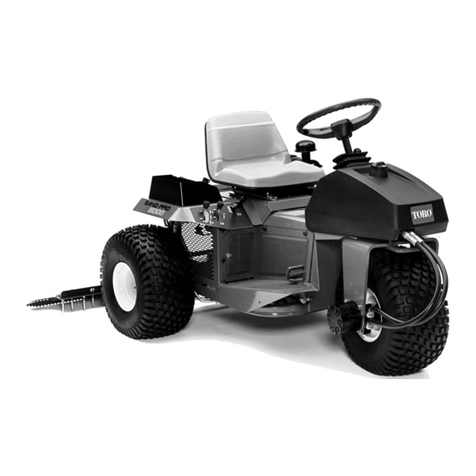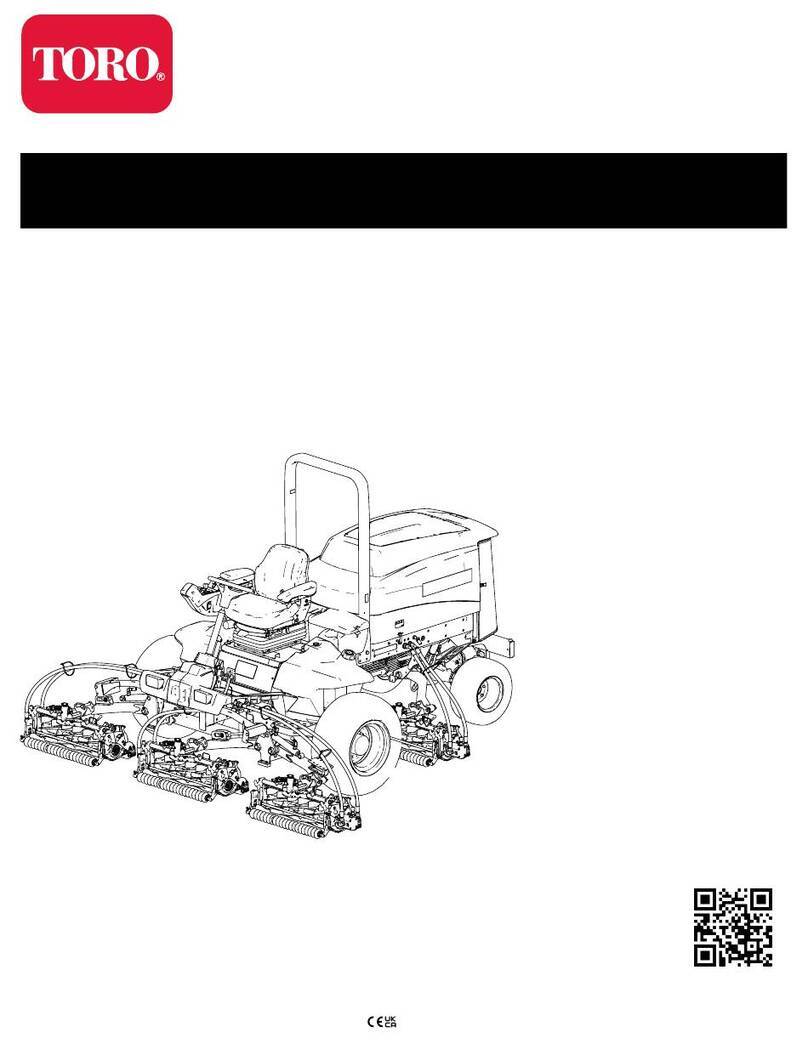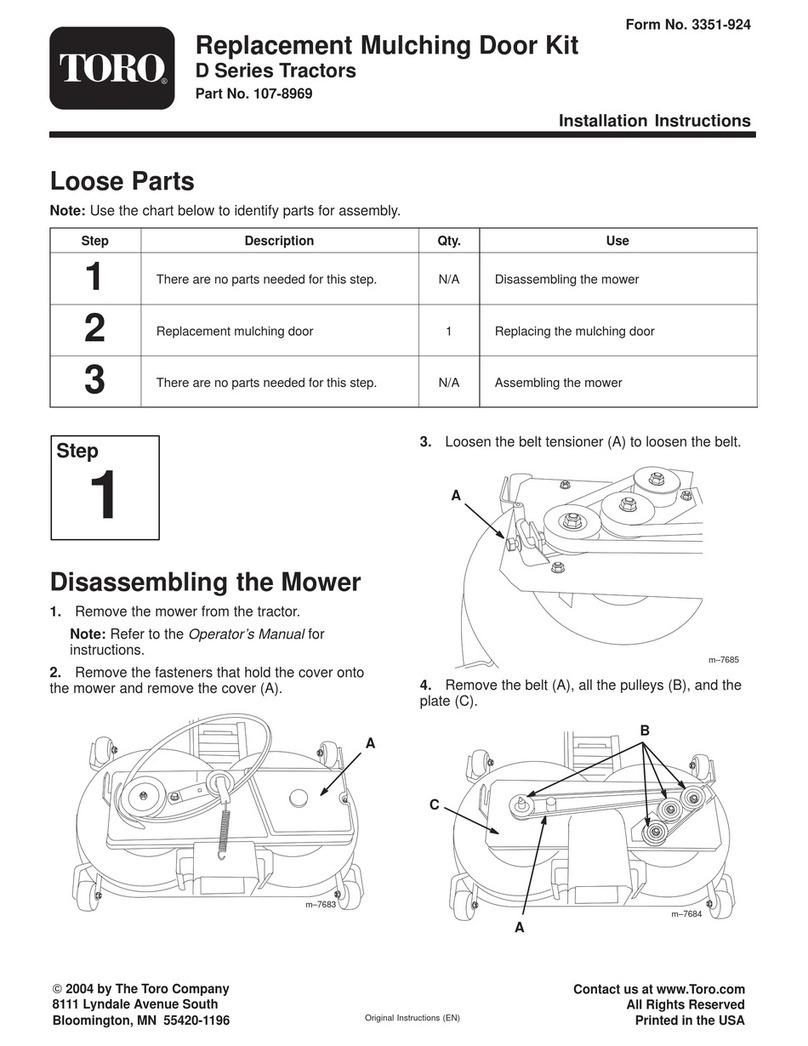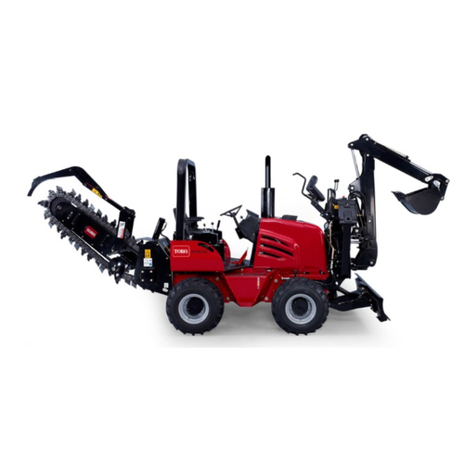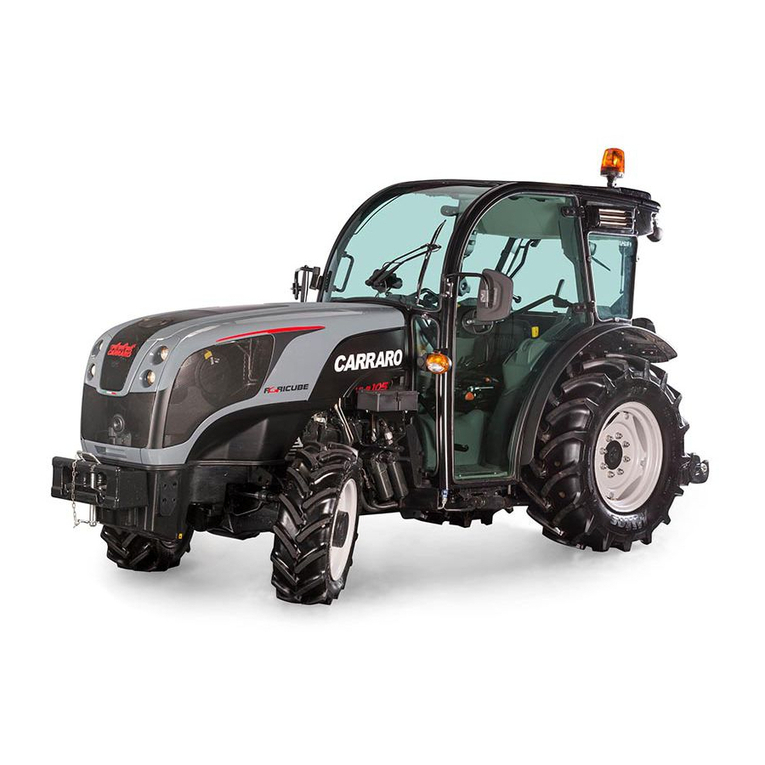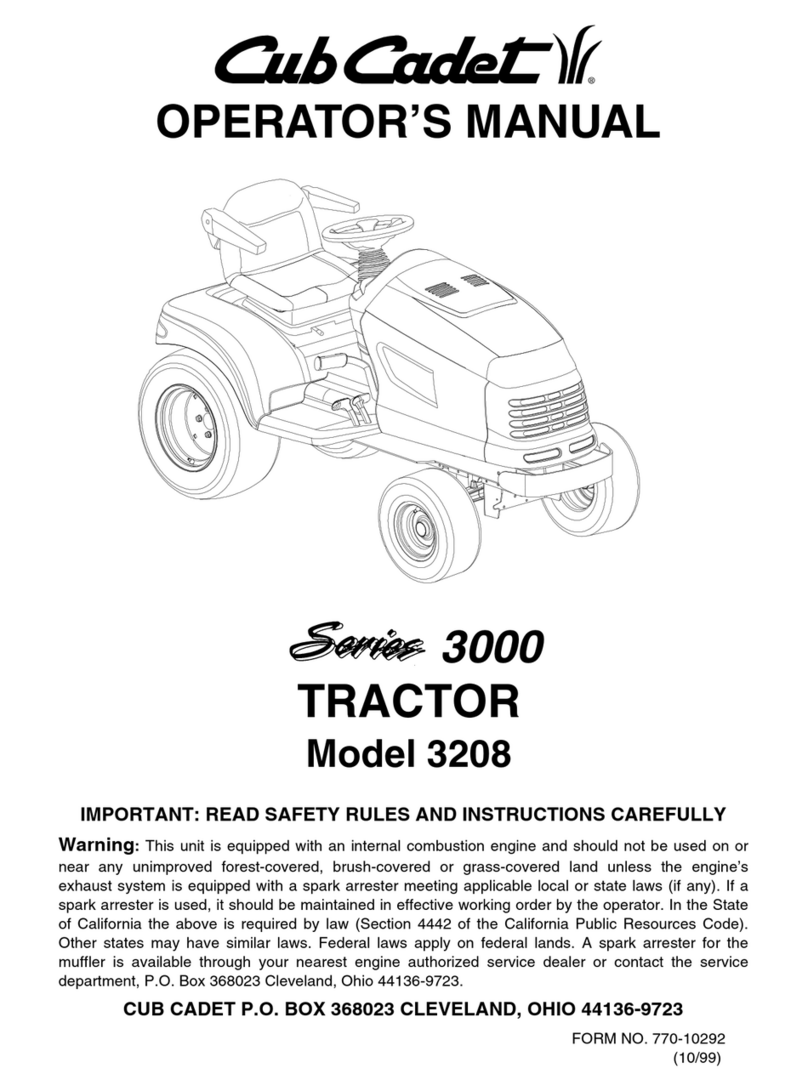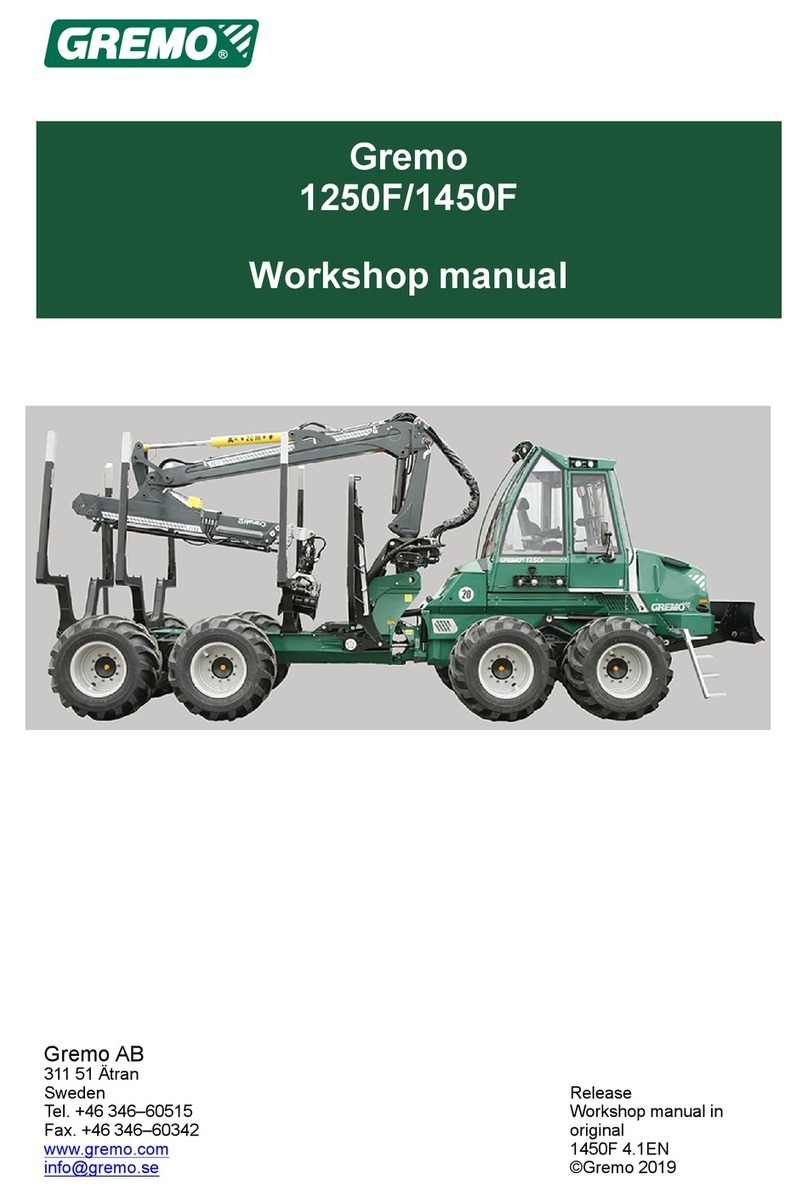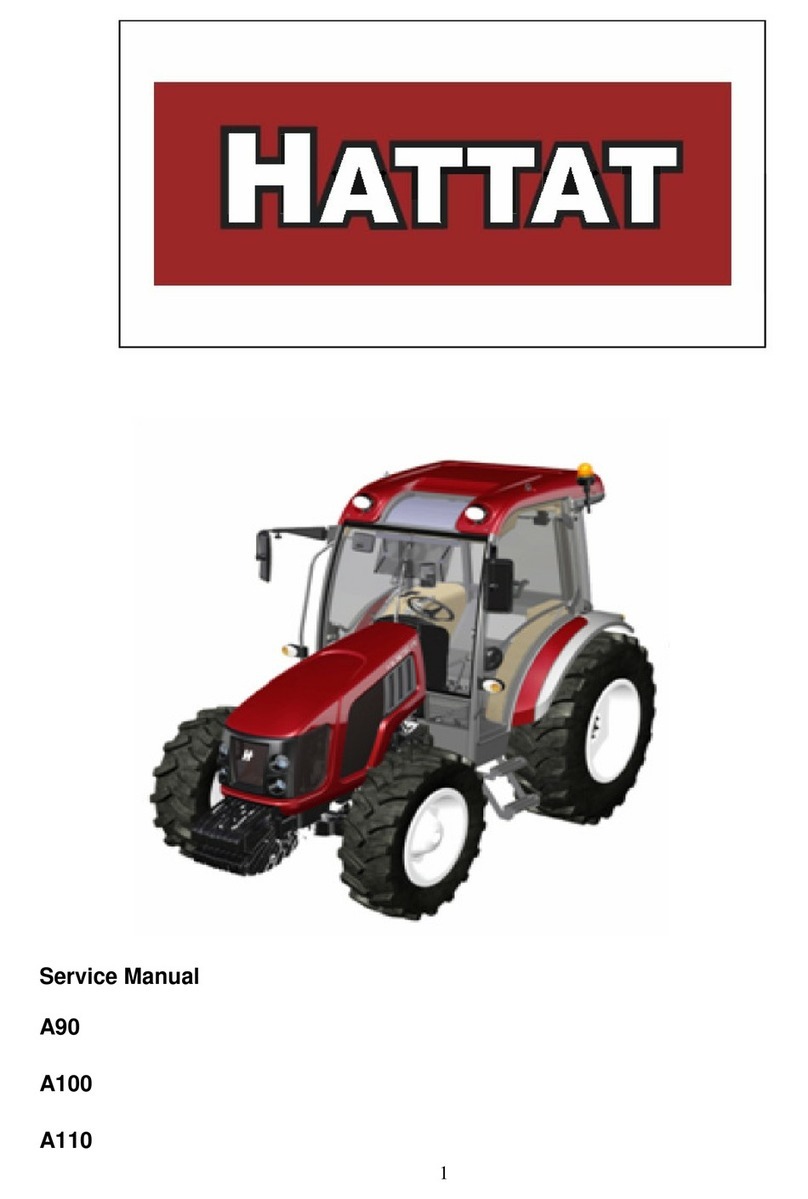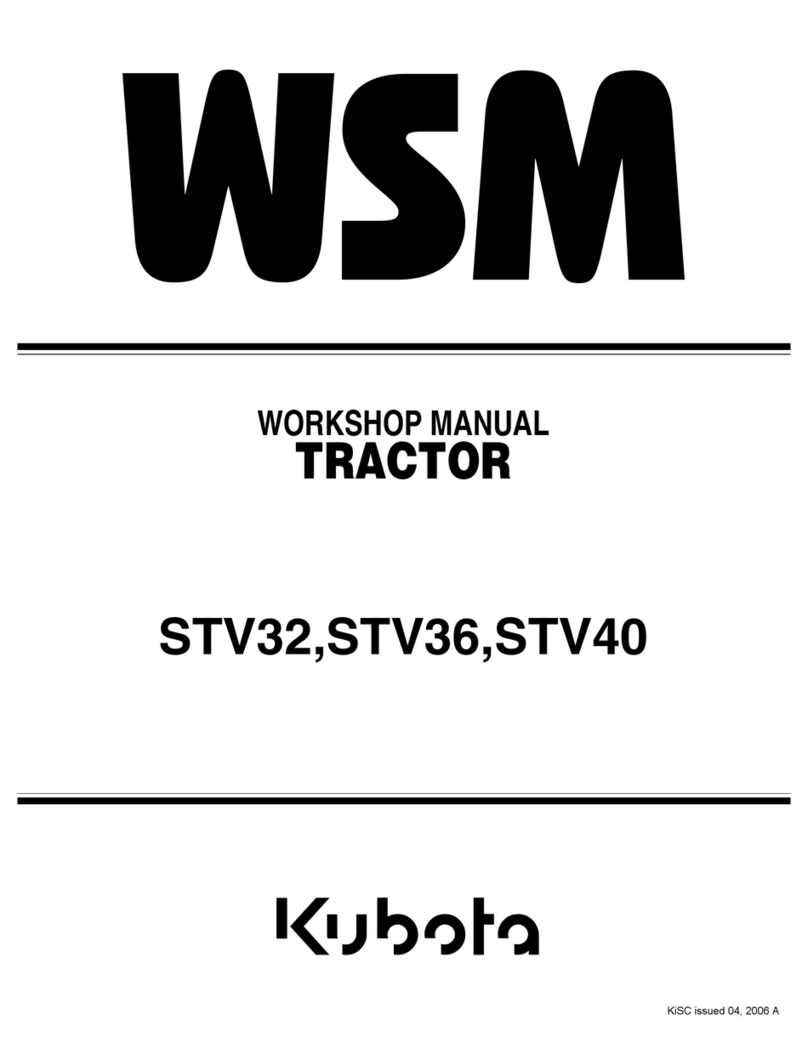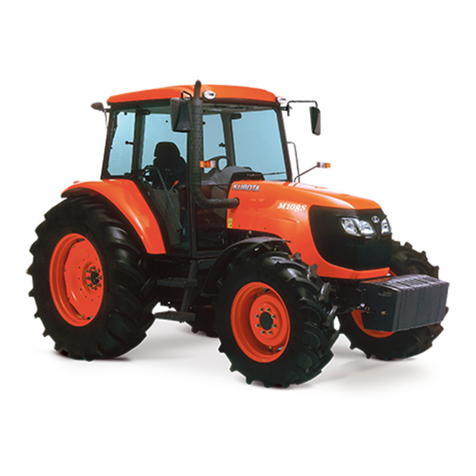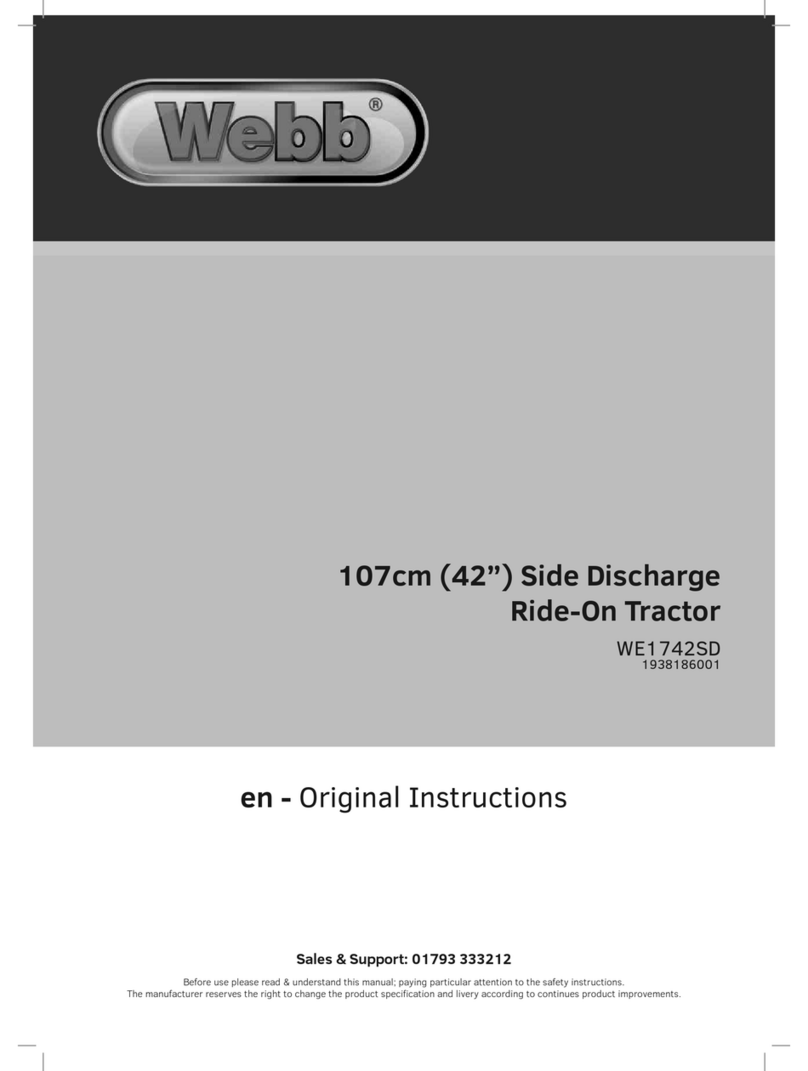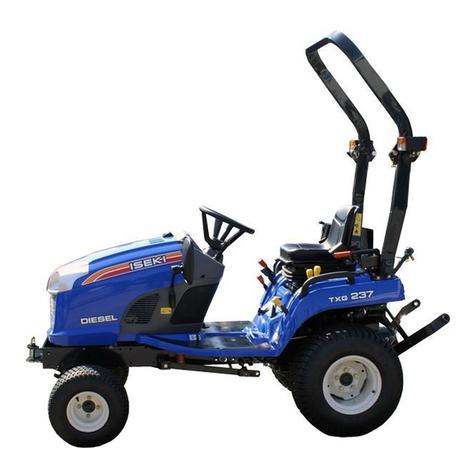
Table of Contents
Disclaimers and Regulatory Information.............................................................................................. 2
Chapter 1: Introduction........................................................................................................................ 1–1
Intended Use ..................................................................................................................................... 1–1
Getting Help....................................................................................................................................... 1–1
Manual Conventions........................................................................................................................ 1–2
Safety Alert Classifications......................................................................................................... 1–2
Chapter 2: Safety.................................................................................................................................. 2–1
General Safety .................................................................................................................................. 2–1
Safety and Instructional Decals .................................................................................................... 2–1
Chapter 3: Product Overview ............................................................................................................ 3–1
Controls............................................................................................................................................... 3–1
Electrical Service Disconnect Switch....................................................................................... 3–1
Directional Switch......................................................................................................................... 3–2
Dump Controls .............................................................................................................................. 3–2
Emergency Stop ........................................................................................................................... 3–2
Key Switch ..................................................................................................................................... 3–3
Light Switch.................................................................................................................................... 3–3
Throttle Control ............................................................................................................................. 3–3
Display ............................................................................................................................................ 3–4
Specifications .................................................................................................................................... 3–7
Attachments/Accessories............................................................................................................... 3–7
Chapter 4: Operation ........................................................................................................................... 4–1
Before Operation .............................................................................................................................. 4–1
Before Operation Safety ............................................................................................................. 4–1
Performing Daily Maintenance .................................................................................................. 4–2
During Operation .............................................................................................................................. 4–2
During Operation Safety ............................................................................................................. 4–2
Starting the Machine.................................................................................................................... 4–4
Shutting off the Machine ............................................................................................................. 4–4
Operating the Machine................................................................................................................ 4–4
Operator Platform......................................................................................................................... 4–5
Operating the Hopper.................................................................................................................. 4–6
After Operation.................................................................................................................................. 4–7
After Operation Safety................................................................................................................. 4–7
Lowering the Hopper without Power........................................................................................ 4–8
Raising the Hopper without Power........................................................................................... 4–9
Haul the Machine........................................................................................................................ 4–10
Chapter 5: Maintenance ..................................................................................................................... 5–1
Maintenance Safety ......................................................................................................................... 5–1
Recommended Maintenance Schedule...................................................................................... 5–2
Pre-Maintenance Procedures ....................................................................................................... 5–3
Retrieving a Machine................................................................................................................... 5–3
Lifting the Machine ....................................................................................................................... 5–4
Using the Cylinder Lock .............................................................................................................. 5–5
Lubrication.......................................................................................................................................... 5–6
Greasing the Machine ................................................................................................................. 5–6
Electrical System Maintenance..................................................................................................... 5–7
Checking the Anti-Static Strap .................................................................................................. 5–7
Battery Service.............................................................................................................................. 5–7
Drive System Maintenance .......................................................................................................... 5–10
Inspecting the Tires.................................................................................................................... 5–10
3465-683 A Disclaimers and Regulatory Information:
